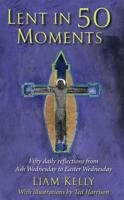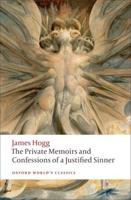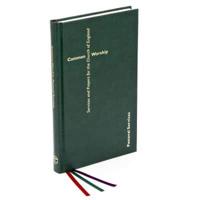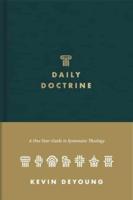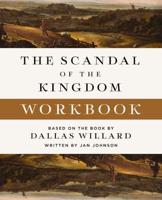Publisher's Synopsis
The Theory of Christ in the first five books of the Bible, also known as the Pentateuch, examines the foreshadowing and prefiguration of Jesus Christ in these ancient texts. This perspective is rooted in Christian typology, which interprets certain events, persons, and institutions in the Old Testament as anticipatory symbols or "types" of New Testament realities, particularly relating to Jesus. Below, we will explore how Christ is represented in each of these five books.
Genesis: In Genesis, the concept of Christ is foreshadowed in several ways. The most prominent is the figure of Adam, who, according to the Apostle Paul in the New Testament, is seen as a "type" of Christ, the "last Adam" (1 Corinthians 15:45). Whereas Adam's disobedience brought sin and death into the world, Christ's obedience brings righteousness and life. Additionally, the promise of a "seed" to Eve, who would crush the serpent's head (Genesis 3:15), is often interpreted as a messianic prophecy pointing to Christ's victory over sin and death.
Exodus: In Exodus, the figure of Moses as a leader and deliverer of his people from bondage in Egypt symbolizes Christ's role as the spiritual redeemer of humanity. The Passover lamb, whose blood was used to mark the doors of the Israelites and protect them from the angel of death, is a profound type of Christ. According to Christian theology, Christ is the ultimate Passover lamb whose sacrifice spares believers from eternal death (1 Corinthians 5:7).
Leviticus: This book, focused on laws and sacrifices, points to Christ through its detailed rituals of atonement and cleansing. The Day of Atonement (Yom Kippur) involves a high priest entering the Holy of Holies to offer a sacrifice for the sins of the people, prefiguring Christ who is considered the High Priest in the order of Melchizedek, entering the heavenly sanctuary to offer Himself once for all (Hebrews 9:11-12).
Numbers: The bronze serpent raised by Moses to heal those who had been bitten by serpents (Numbers 21:8-9) is seen as a symbol of Christ's crucifixion. Just as the Israelites looked upon the serpent to be healed, so must one look to Christ raised on the cross for spiritual healing and salvation (John 3:14-15). The wilderness journey of the Israelites also parallels the Christian journey towards the Promised Land, led by Christ.
Deuteronomy: Moses' role as a lawgiver and mediator who speaks to God on behalf of the people and relays the divine commandments prefigures Christ's role as the mediator of a new covenant between God and humanity (Hebrews 8:6). Moses' prophecies about a prophet like him who would come from among the Israelites (Deuteronomy 18:15) is traditionally understood in Christianity as referring directly to Christ.
In sum, the first five books of the Bible provide a theological foundation that is seen by Christians as anticipating the arrival and mission of Jesus Christ. These texts, through types and symbols, set the stage for the New Testament's message of redemption and salvation through Christ.

